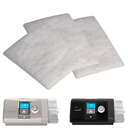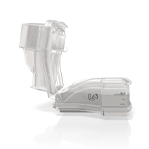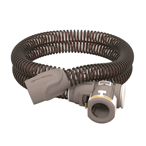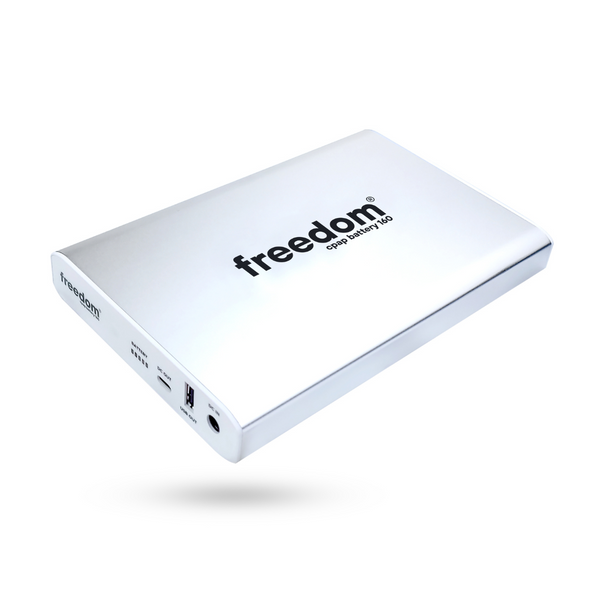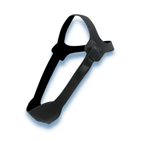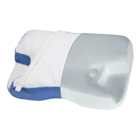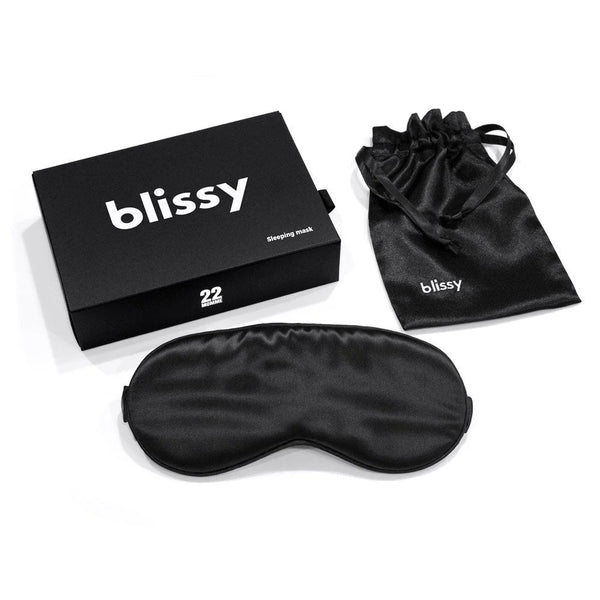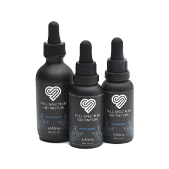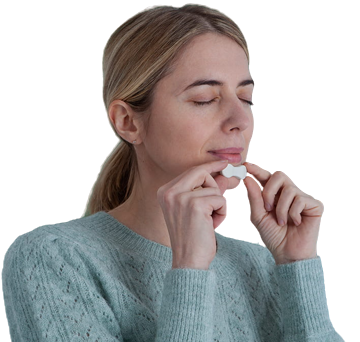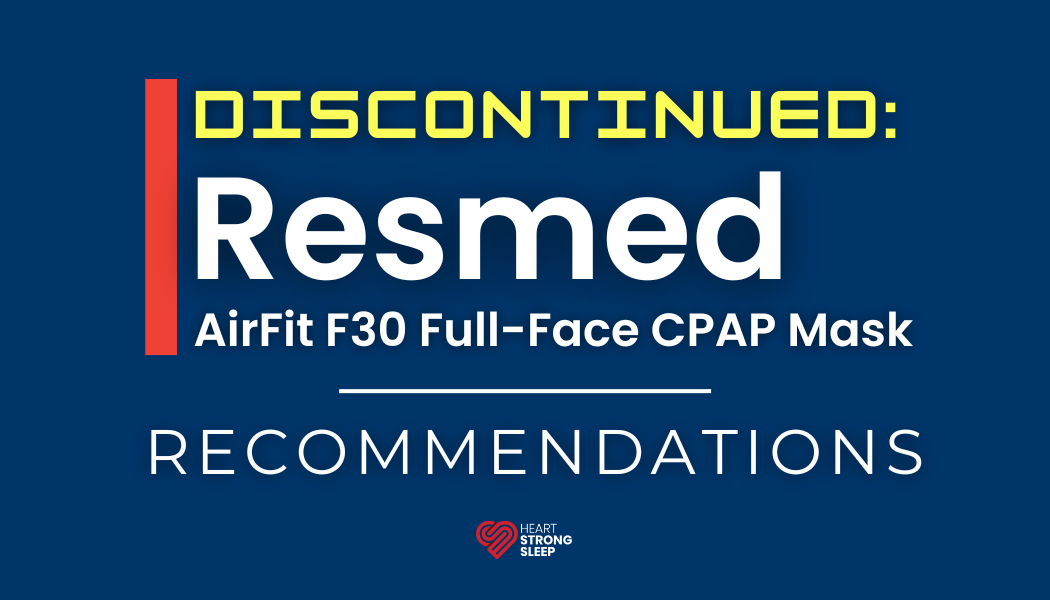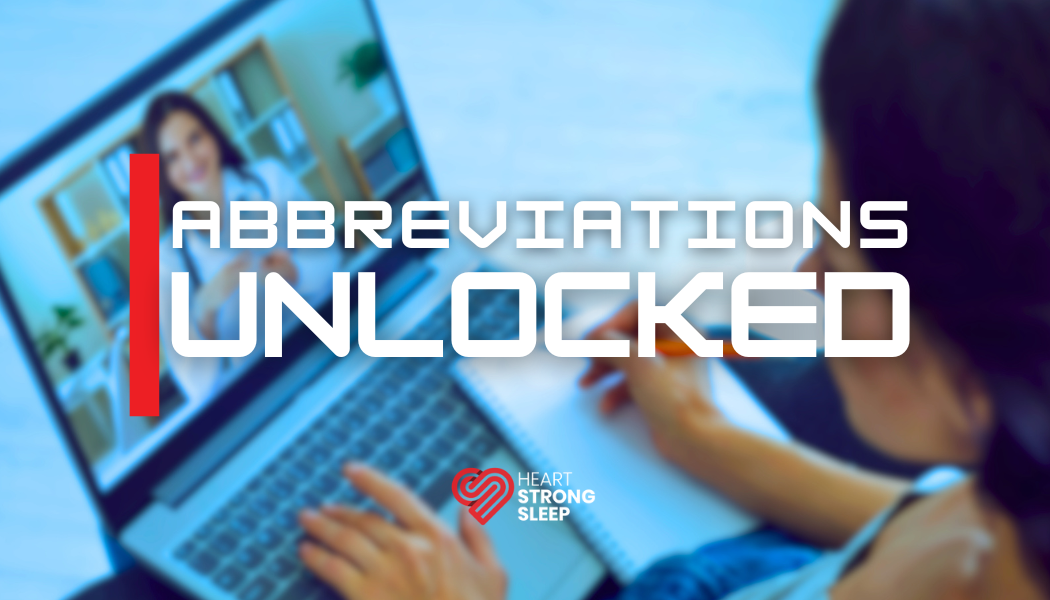What is Sleep Apnea?
Sleep apnea is a sleep disorder characterized by pauses in breathing or shallow breaths during sleep. These pauses can last from a few seconds to a few minutes and can occur multiple times during the night.
Sleep apnea can be caused by obstructive sleep apnea (OSA), where the airway is partially or completely blocked during sleep, or central sleep apnea (CSA), where the brain is unable to control breathing during sleep.
Sleep apnea can lead to serious health problems over time if left untreated, such as high blood pressure, heart disease, and stroke. Treatment options for sleep apnea may include lifestyle changes, such as losing weight and quitting smoking, using a continuous positive airway pressure (CPAP) machine, or surgery to remove obstructions in the airway.
What are the signs and symptoms of sleep apnea?
The signs and symptoms of sleep apnea can vary among individuals, but there are some common symptoms to look out for, such as:
1. Loud, chronic snoring during sleep
2. Gasping, choking, or snorting sounds during sleep
3. Pauses in breathing during sleep witnessed by a bed partner
4. Excessive daytime sleepiness or fatigue
5. Morning headaches
6. Trouble concentrating
7. Memory problems
8. Mood changes, such as irritability or depression
9. Dry mouth or sore throat upon waking up
10. Restless sleep or insomnia
11. Frequent urination during the night
12. Decreased sex drive or impotence
If you have any of these symptoms, it is important to seek medical advice from a doctor or sleep specialist who may diagnose and treat the sleep disorder. Sleep apnea can lead to serious health problems if left untreated, so it is important to seek medical help as soon as possible.
What is a Home Sleep Test?
A home sleep test (HST) is a test that is used to diagnose sleep-related disorders, such as obstructive sleep apnea, without requiring an overnight stay at a sleep clinic. An HST is a portable device that can be used in the comfort of a person's own home to monitor the individual's sleep patterns and breathing. Here are the steps involved in the HST process:
1. Consultation: The individual's healthcare provider will perform a consultation to determine if an HST is appropriate and safe for the individual.
2. Equipment: A healthcare provider will provide HST equipment, which may include sensors that are placed on the individual to monitor breathing, oxygen levels, heart rate, and other sleep-related variables. The individual will also be provided with instructions on how to use the equipment.
3. Home Use: The individual will take the equipment home and use it while sleeping. The HST is typically worn for one to two nights and then returned to the healthcare provider.
4. Results: The healthcare provider will analyze the data collected from the HST and interpret the results. Based on the results, the healthcare provider will make a diagnosis and recommend a treatment plan if necessary.
Compared to an in-lab sleep study, an HST is more convenient and cost-effective, as it can be performed at home and is typically less expensive. However, an HST may not provide as much data as an in-lab sleep study and may not be appropriate for every individual with sleep disorders. A healthcare provider can determine whether an HST or an in-lab sleep study is the best option per the individual's needs.
How does CPAP Therapy work?
CPAP (Continuous Positive Airway Pressure) therapy is a treatment for sleep apnea that involves using a machine that provides a constant flow of air pressure through a mask worn over the nose or mouth while sleeping. CPAP helps to keep the airway open by preventing the narrow air passages in the throat from collapsing during sleep. Here are the steps involved in CPAP therapy:
1. Diagnosis: To begin treatment with CPAP, a diagnosis of sleep apnea is required. Diagnosis is usually performed through an overnight sleep study in a sleep clinic, which measures the individual's sleep patterns, breathing, and oxygen levels.
2. Prescription: After diagnosis, a physician or sleep specialist will prescribe the appropriate air pressure settings based on the severity of the individual's sleep apnea, which is usually determined by the results of the sleep study.
3. CPAP Machine: A CPAP machine is provided, which includes a mask that fits over the nose or mouth, a hose, and a motor that generates the required air pressure. The mask is connected to the machine by the hose.
4. Setup: The individual needs to put on the mask and connect it to the hose on the CPAP machine, and then turn on the machine. The air pressure setting should be set to the prescribed level for the individual. Adjustments may be made to the mask and hose to ensure a comfortable fit.
5. Use: During sleep, the CPAP machine provides a continuous flow of air pressure through the mask and hose to keep the airway open and prevent breathing pauses or snoring. Regular use of CPAP therapy can improve symptoms of sleep apnea, leading to better quality of sleep and reduced health risks associated with the condition.
It is important to use CPAP therapy as prescribed, consistently and correctly every night, to receive the maximum benefit from treatment. Regular follow-up with a healthcare provider may also be required to check the effectiveness of the therapy and make any necessary adjustments.
What is a CPAP Machine and it's Accessories?
A CPAP (Continuous Positive Airway Pressure) machine is a medical device used in the treatment of sleep apnea, a sleep disorder that causes breathing difficulties during sleep. The machine is designed to deliver constant air pressure to the individual's airway to keep it open, preventing pauses in breathing that are common in sleep apnea. Here are the key components of a typical CPAP machine:
1. Motor: The motor of the CPAP machine generates the air pressure required to treat sleep apnea and is powered by electricity.
2. Mask: The mask is placed over the individual's nose or mouth, or both, and is connected to the machine via a hose. The mask is designed to keep the airway open by creating a sealed air pocket.
3. Hose: The hose connects the mask to the motor and carries the pressurized air from the machine to the mask.
4. Filter: The filter is located in the machine and helps to clean the air before it is delivered to the individual's airway.
CPAP machines can vary in size and shape and come with a variety of different features, depending on the individual's needs. Some machines are designed to be more portable, enabling individuals to take their therapy with them while traveling, while others come with extra features to improve comfort, such as ramp-up pressure that gradually increases the air pressure to reduce discomfort.
It's important to work with a healthcare provider, such as a sleep specialist, to determine the appropriate type of CPAP machine and settings that are most effective for an individual's specific type of sleep disorder.
What is CPAP Resupply?
CPAP (Continuous Positive Airway Pressure) resupply refers to the process of regularly replacing the essential components of a CPAP machine, such as the mask, tubing, filters, and other supplies, to maintain the effectiveness and proper functioning of the machine.
Regular CPAP resupply is important for several reasons:
1. Hygiene: After prolonged use, masks, hoses, and filters can become contaminated with bacteria and allergens, leading to potential infections and other respiratory problems.
2. Wear and Tear: Components of the CPAP machine, such as the mask and tubing, can become worn and less effective over time, which can contribute to mask leaks, air leaks, and poor therapy outcomes.
3. Compliance: Regular resupply can increase patient compliance by providing more convenience and improving the user experience, which can encourage more consistent and effective use of the CPAP therapy.
The frequency of CPAP resupply varies depending on the specific components, the usage level, and the manufacturer recommendations. However, most CPAP manufacturers recommend that masks be replaced every three to six months, while filters and hoses should be replaced every one to three months, depending on usage levels.
Many CPAP providers offer automated resupply programs that help individuals track their CPAP resupply needs and ensure that they receive timely replacements of the necessary components. These automated programs allow CPAP users to receive regular supplies of new components, often with free delivery and discounts offered.
Does CPAP Therapy work?
CPAP therapy is a highly effective treatment for obstructive sleep apnea (OSA), which is the most common type of sleep apnea. In OSA, the upper airway collapses during sleep, resulting in episodes of interrupted breathing. CPAP therapy works by providing a constant flow of air pressure through a mask to keep the airway open during sleep, preventing these interruptions and allowing for continuous breathing.
Numerous studies have shown that CPAP therapy is effective in reducing the severity of sleep apnea symptoms, including snoring, daytime sleepiness, and fatigue. In addition, CPAP therapy has been shown to reduce the risk of certain health problems associated with untreated sleep apnea, such as high blood pressure, heart disease, and stroke.
However, CPAP therapy is not a one-size-fits-all solution, and some people may find it difficult to adjust to wearing a mask and using the machine consistently. In addition, proper mask fitting and machine settings are critical for effective treatment, and some people may need to try different masks or machines before finding the right fit.
Overall, CPAP therapy is considered to be a highly effective treatment for sleep apnea, but individual success may vary depending on factors such as adherence to treatment and individual patient factors. It is important for patients to work closely with their healthcare provider to determine the most effective treatment plan for their specific sleep disorder.

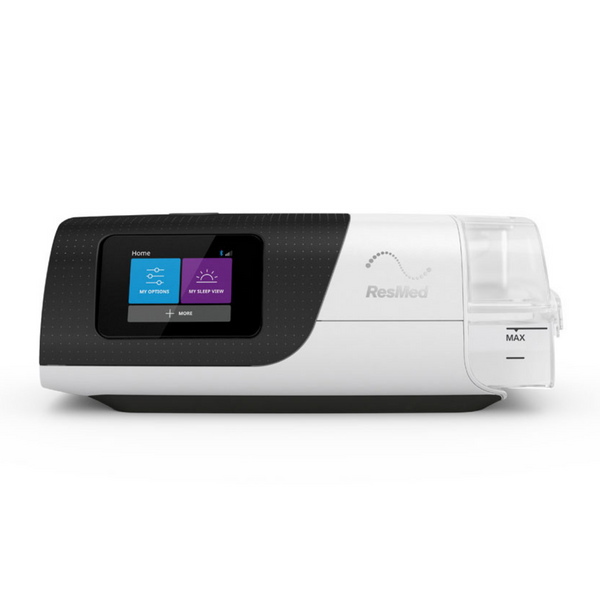

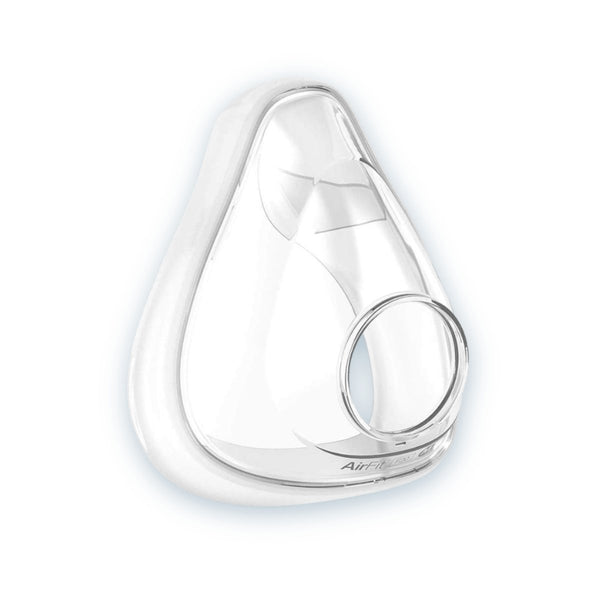

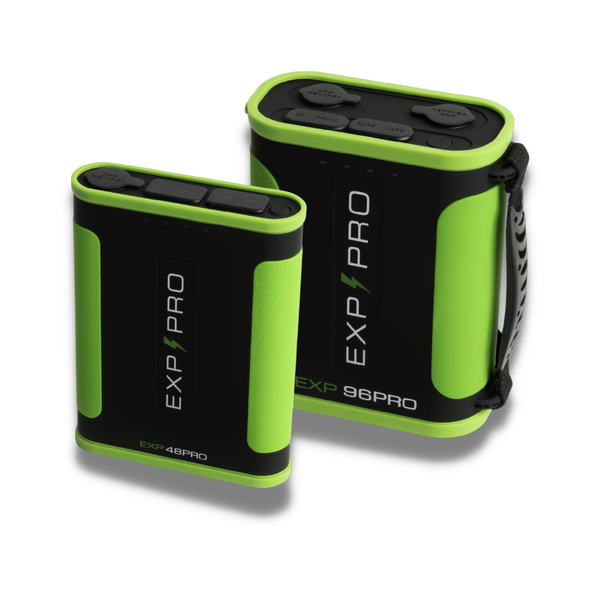

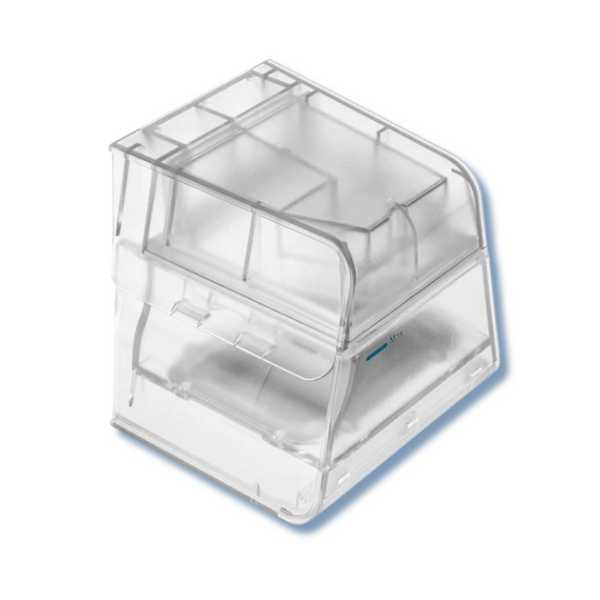

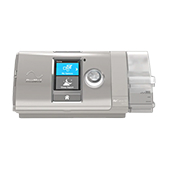
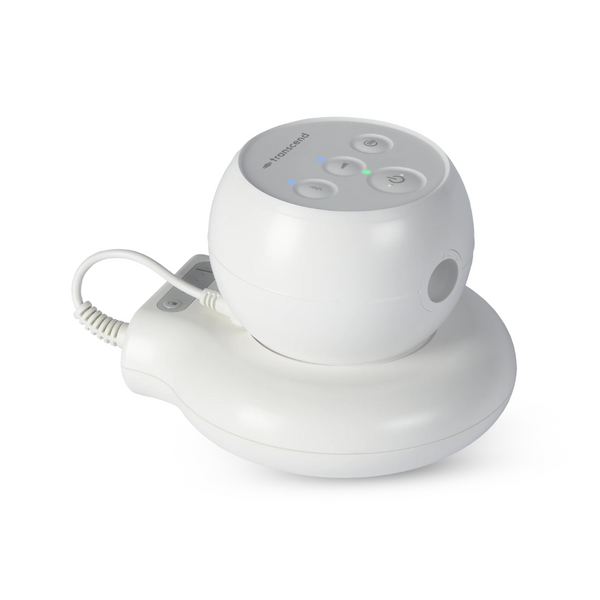
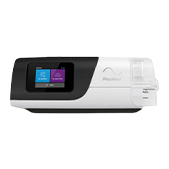
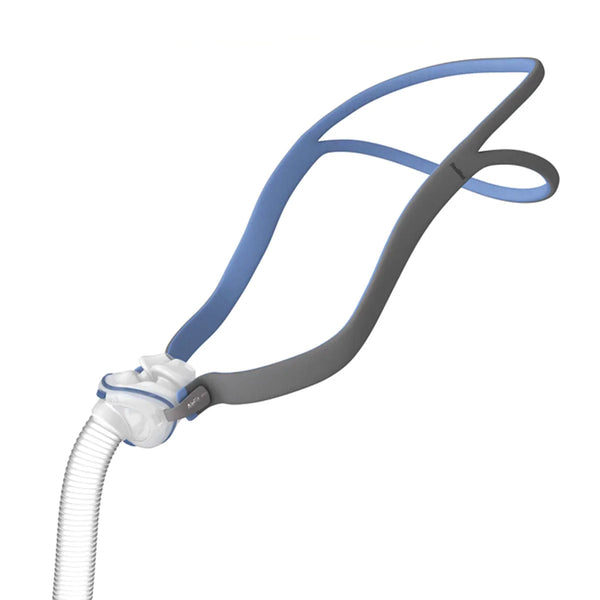
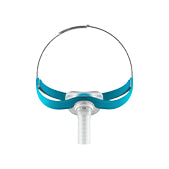
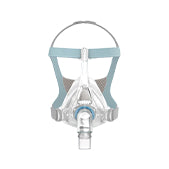
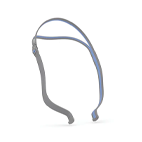

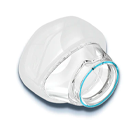
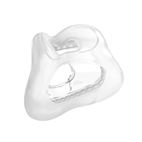
![[subscription]](http://heartstrongsleep.com/cdn/shop/files/Group_30_6a2ee5b7-7d1a-49f1-855d-428a7cb5358f.png?v=1733846466&width=600)
